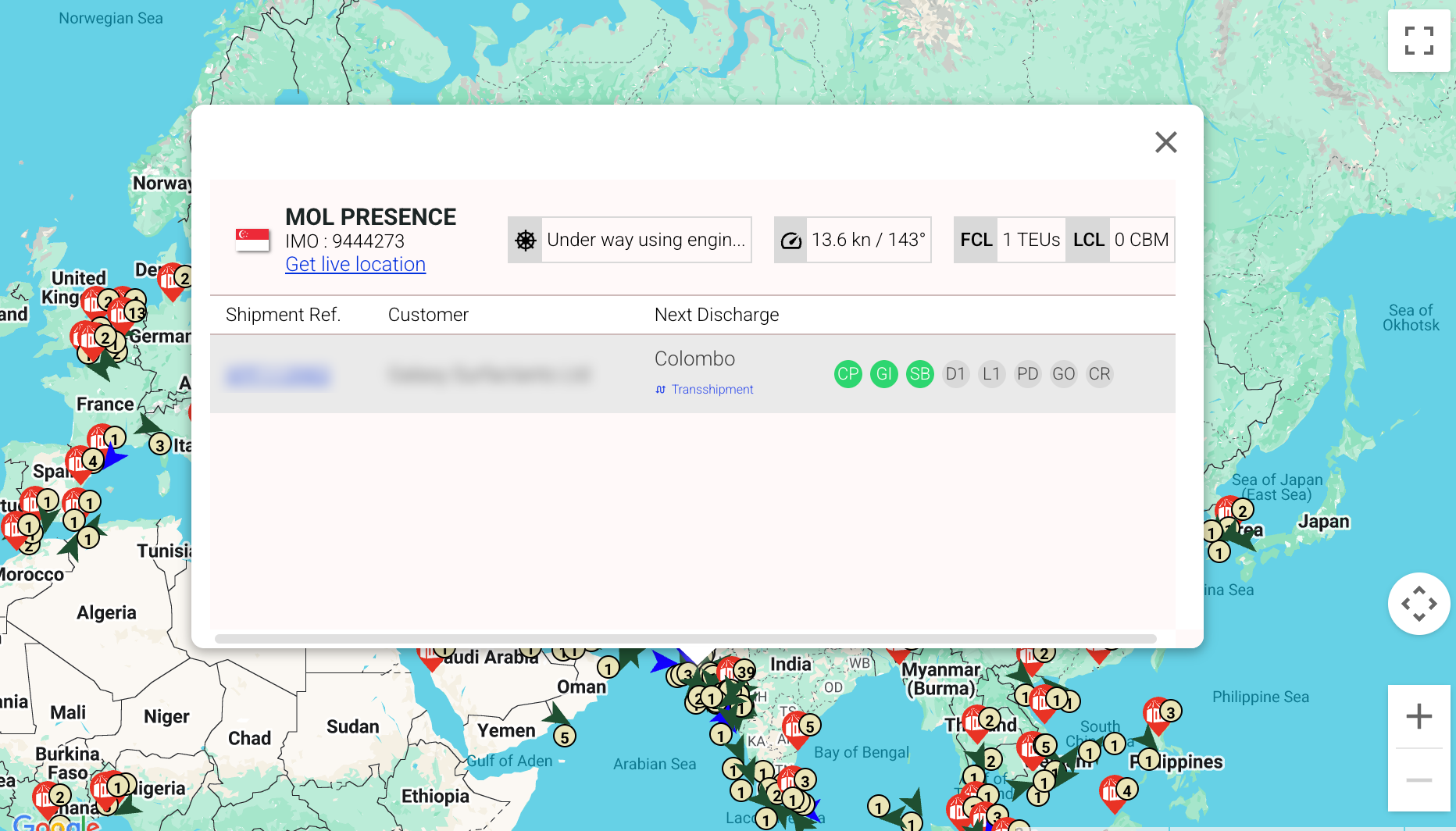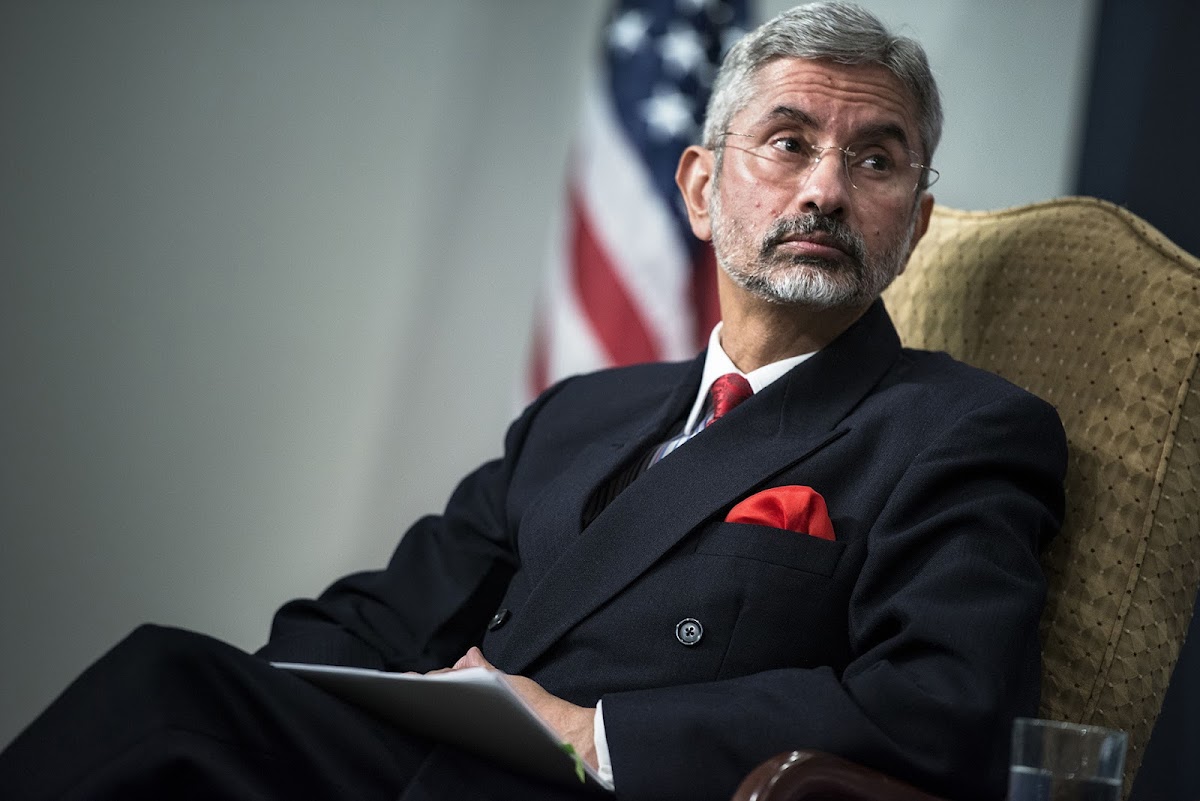In global logistics, timing is everything. Knowing where your cargo is and what might affect its arrival isn’t just a nice-to-have it’s essential for keeping costs down, customers happy, and operations running smoothly. That’s where real-time AIS tracking (Automatic Identification System) comes in.
Used originally for marine safety, AIS data has now become a game-changer in modern supply chain intelligence.
🚢 What Is AIS Tracking?
AIS is a satellite and shore-based system that transmits live data about a vessel’s position, speed, course, and identity. It’s mandated for most commercial ships globally.
But when paired with smart logistics platforms like ZenSCM, AIS becomes far more than a map it becomes a predictive tool for proactive logistics management.
💡 What AIS Tracking Enables in Enterprise Logistics
✅ Real-Time Vessel Positioning
Know exactly where your vessel is not just based on shipping line updates, but from independent, verified satellite feeds.
✅ ETA Accuracy & Predictive Delays
AIS-powered systems can calculate more accurate Estimated Time of Arrival (ETA) by factoring in live speed, congestion zones, and weather disruptions.
✅ Disruption Detection
Port congestion, route diversions, unexpected idling, or anchorage delays? AIS reveals these in real time, so you’re not caught off guard.
✅ Better Planning Across Functions
- Logistics teams can pre-book trucks or storage more accurately.
- Procurement teams can align inbound planning with production needs.
- Customer service can manage expectations with visibility-backed updates.
🔍 The Power of AIS + Control Tower
ZenSCM Control Tower integrates AIS tracking directly into your shipment lifecycle — giving you more than a live map. It delivers actionable insights that reduce delays, optimize planning, and cut costs.
What You Get with ZenSCM Control Tower:
- Live vessel tracking integrated with other shipment legs
- Geofencing & port-level alerts (e.g. “Entered anchorage,” “Berthing delayed”)
- ETA predictions based on vessel behaviour and historical congestion data
- Disruption alerts when a vessel slows, reroutes, or idles unexpectedly
- Auto-milestone updates across legs: ocean, port, customs, road
- Collaborative notifications to vendors, forwarders, internal stakeholders
This is visibility that works for your business – not just your map.



